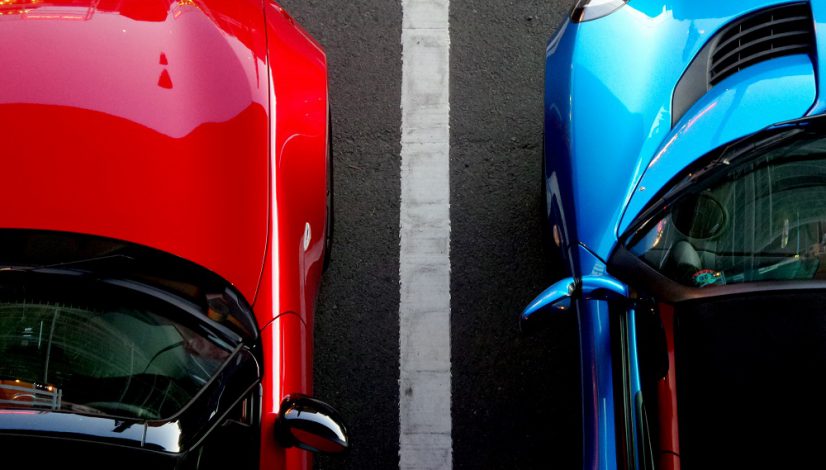Choosing a Coating: Liquid Paint Advantages
When choosing a coating method for your product, there are several options to choose from. While technologies like powder and electronic coatings offer clear benefits in many situations, there are also numerous liquid paint advantages to consider. Each product line or part presents unique coating challenges and requirements. In many cases, the tried-and-true wet paint option affords the most benefit.
Comparing the Technologies
Liquid paint advantages are best understood when compared and contrasted with the two other popular coatings technologies. Powder coating and ecoating (electro-deposition) both rely on electrifying the paint in order to make it adhere to the surface. While powder coating involves static electrification of the dry pigment particles, ecoating involves electrifying the liquid paint solution.
While liquid paint advantages are becoming more pronounced with newer and more precise application equipment and technique, electronic technologies are considered to be highly beneficial for many applications that require a consistent film layer and less waste. Both powder coating and ecoating enhance corrosion protection, increase wear resistance, and promote adhesion.
Do you like what you are reading? Please share with your network or email this post to your colleagues and follow us on Social Media. We are on: [et_social_follow icon_style=”slide” icon_shape=”rounded” icons_location=”left” col_number=”auto” spacing=”true” outer_color=”dark” network_names=”true”]
Liquid Paint Advantages to Consider
In spite of these newer technologies, producers are often presented with situations calling for wet coatings. And in these instances, there are numerous liquid paint advantages to consider.
- More Choices
Liquid coatings offer far more shades of color and customization choices than electrical options. Specialty coats such as Teflon and glow-in-the-dark are liquid paint advantages not possible with other technologies. Wet paints include polyurethanes, acrylics, polyesters, silicone polyesters, and many others. This broad variety of choices is especially helpful for applications in specialty markets. - Thinner Coats
Powder coating is often considered less wasteful and therefore more efficient than liquid paint. And in many cases, this is true. Indeed, powder coating is highly effective in capturing and minimizing waste. But wet paints typically produce a thinner coat, thus requiring less paint for the actual coating. Thus liquid paint is efficient, too, as this translates into less overall material for the coating process. - Easier Masking
Many products require special masking in addition to the basic coating. Masking is difficult and costly to accomplish in powder or electro-deposition due to high-temperature cure cycles. Traditional liquid painting does not typically require a high-temperature cure to set the coating. - Smoother Surface
Powder coatings are prone to creating an “orange peel” texture. However, wet paint typically dries much smoother for a shinier and less textured appearance.
The world of industrial coating offers many options for the task you have before you. Whether you are coating automotive parts with a specialty finish, consumer appliances, or military equipment, many factors must be considered in choosing a coating method. There are several liquid paint advantages depending on your situation. Consider your specific needs and the various properties of each method to ensure a profitable and top-quality finished product.
Please share this article with your colleagues using these social media icons below:

